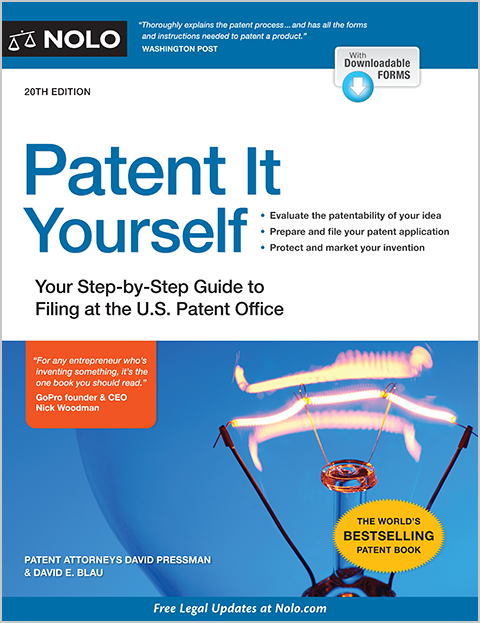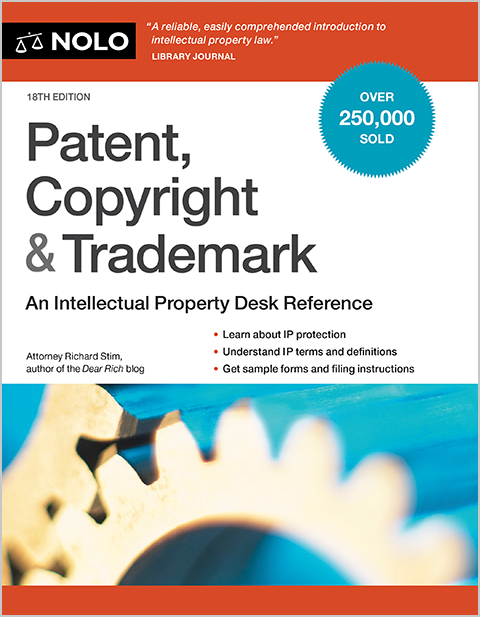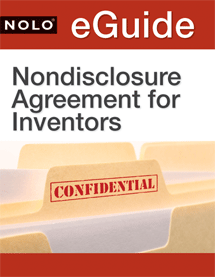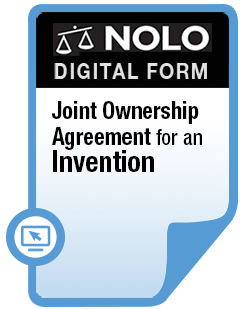Trademark Class 32 includes beers, mineral waters, fruit beverages and juices, sodas, and other nonalcoholic beverages.
Trademark Class 32 includes beer, water, and nonalcoholic flavored beverages, as well as syrups and other preparations for making beverages.
Specifically, the class includes wheat beer, mineral water, soda, lemonade, smoothies, and nonalcoholic fruit extracts.
What Goods Are Included Under Trademark Class 32?
The following is a more comprehensive list of Class 32 goods:
- Beer, ale, lager, stout, porter, alcoholic cider, kvass, malt beer, craft beer, wheat beer, rice beer, corn beer, coffee-flavored ale, milk stout beer, and shandy
- Nonalcoholic beverages, aloe vera drinks, alcohol-free aperitifs, nonalcoholic cider, nonalcoholic cocktails, isotonic nonalcoholic drinks, nonalcoholic honey-based beverages, sarsaparilla, sherbet beverages, sorbets in the nature of beverages, and whey beverages.
- Soft drinks, sodas, colas, coffee-flavored soft drinks, fruit-flavored soft drinks, non-alcoholic carbonated beverages, ginger beer, ginger ale, and lemonades.
- Fruit juices, fruit drinks, fruit nectars, concentrated fruit juice, smoothies, tomato juice, and vegetable juice.
- Drinking water, aerated water, lithia water, mineral water, seltzer water, soda water, table water, and tonic water.
- Preparations for making soft drinks, beer wort, preparations for making energy drinks, nonalcoholic essences for making nonalcoholic beverages, unfermented grape must, hop extracts for manufacturing beer, malt extracts for making liquors, malt wort, preparations for making nonalcoholic fruit-flavored beverages, powders for making soft drinks, syrups for making soft drinks, syrups for lemonade, and nonalcoholic fruit extracts used in the preparation of beverages.
What Goods Aren't Included Under Class 32?
But the class isn't as broad as you might expect. Specifically, you would not use Class 32 if you're applying for:
- beverages for medical purposes (Class 5 - Pharmaceuticals)
- milk beverages (milk predominating) (Class 29 - Meats and Processed Foods), or
- nonalcoholic beverages with coffee, cocoa, or chocolate base (Class 30 - Staple Foods).
Examples of Trademarks in Class 32
You can find trademarks that have been applied for or registered by the United States Patent and Trademark Office (USPTO) under Class 32 in the Trademark Electronic Search System (TESS), an electronic trademark database.
Some well-known examples of Class 32 marks include:
- PEPSI (soft drinks),
- DEER PARK (drinking water), and
- COORS LIGHT (beer).
USPTO Trademark Classes
The USPTO, the federal agency that oversees the registration of federal trademarks, divides marks into 45 different classes of products and services. The purpose of these classes is to allow different types of businesses to register their trademarks into categories most related to their core business.
The first 34 classes consist of different broad categories of goods. The last 11 classes consist of different broad categories of services.
Related or Coordinated Classes to Class 32
If you're not sure whether you should apply for your mark under Class 32, you can consider a "coordinated" class. A coordinated class is one that's related to another class, usually because the USPTO has determined that applicants filing within one particular class often file in other specific classes, too.
For Class 32, the USPTO has determined the following classes to be coordinated classes:
- Class 5 - Pharmaceuticals
- Class 29 - Meats and Processed Foods
- Class 30 - Staple Foods
- Class 31 - Natural Agricultural Products
- Class 33 - Wines and Spirits
- Class 35 - Advertising and Business Services
- Class 42 - Computer and Scientific Services, and
- Class 43 - Hotels and Restaurants Services.
Trademark Filing Fees
The trademark class system will also affect the scope of the registration fees that you pay. The USPTO charges a set filing fee per class of goods or services. So, if you apply for a trademark for posters (Class 16) and shirts (Class 25), you must pay the filing fee for two classes, which is double the filing fee for one class. (37 C.F.R. §2.6(a)(1)(2022).)
Be sure to indicate the correct class at the time you're registering a trademark—if the application doesn't already do so for you. If you list the incorrect class, you must restart the application process, and your filing fees will not be refunded.
Your registration is restricted to those classes that encompass the goods or services you're already offering (as shown by the specimens you submit) or that you plan to offer (if you're registering on an intent-to-use basis).
USPTO Specimens
At some point in the trademark application process, you'll need to supply the USPTO with a specimen. A specimen is a real-world example of how your mark is being used in association with your goods or services. In other words, it's how customers come across your mark as they shop for your goods or services.
If you're applying for a use-in-commerce trademark (you're already using your trademark to sell your goods or services), then you'll submit a specimen with your trademark application. If you're applying for an intent-to-use trademark (you haven't started using your trademark yet but plan to), then you'll submit a specimen after you've already submitted your trademark application once the trademark examiner—the person at the USPTO reviewing your application—requests it from you.
For every class of goods or services, you'll need to submit at least one specimen regardless of how many goods or services are listed under the class. So, if you apply for hats, t-shirts, and socks under Class 25, then you'll only need to submit one specimen and you can choose which good to include in your specimen.
(37 C.F.R. §2.34(b)(2)(2022).)
Acceptable Specimens for a Goods Trademark
The specimen must show the mark as used on or in connection with the goods in commerce. Specifically, a specimen for a goods trademark must show use of the mark in a manner that would be perceived by potential purchasers as identifying the applicant's goods and indicating the goods' source.
When a trademark is on the good itself or on the packaging or containers of the goods, photographs or facsimiles showing the trademark in use on or with the goods are acceptable.
A specimen for a goods trademark can appear:
- On the good itself. The trademark can be imprinted on the body of the goods, as with metal stamping; it can be applied by a rubber stamp; or it can be inked on by using a stencil or template.
- On a tag for the good. For example, you could include your trademark on a sales tag above the product price, or it can be printed below the product specifications on a mattress tag.
- On a label for the good. For instance, your trademark could be on the UPC barcode sticker or on a drink's ingredients label. You could also use shipping or mailing labels affixed to the goods as long as the trademark functions as an indicator of the good's source. For example, if the trademark appears only on the return address, then the specimen wouldn't be appropriate.
- Directly on the packaging or container for the good. The trademark can be on any type of commercial packaging that's normal for the particular goods as they move in trade, such as shipping boxes or shelf display packaging. For instance, gasoline pumps are normal containers or "packaging" for gasoline.
- On a display associated with the goods. If you sell your goods at trade shows or community events, your trademark could be printed out next to a display of your goods as long as customers can connect your trademark with the goods. For example, your trademark could be printed on the tablecloth at your booth or on a sign hanging from your pop-up tent.
(37 C.F.R. §2.56(2022).)
Webpage Listing for a Goods Trademark
If you sell your goods online—whether on your own website or on a third-party online marketplace—you can use a screenshot of the webpage where your good is listed for sale as your specimen.
The webpage must include:
- your trademark, either in the webpage header or in another prominent position
- a picture or description of your good, and
- a way for consumers to immediately purchase your good, such as an "add to cart" or "buy now" option.
If you use this kind of specimen, be sure you include—either on the screenshot or in the application—the website URL and the date you last accessed the webpage. (37 C.F.R. §2.56(c)(2022).)
While most marks appear in writing somewhere, trademarks can also be in audio format. If your mark represents a service, and it appears only on radio ads or in some other audio form, you can submit a sound file of the audio.
For more information about trademarks and federal registration, see our section on trademark law.
Talk to a Lawyer
Need a lawyer? Start here.
How it Works
- Briefly tell us about your case
- Provide your contact information
- Choose attorneys to contact you
- Briefly tell us about your case
- Provide your contact information
- Choose attorneys to contact you



